Much of what’s slathered on outside – gets inside…
Shopping for personal care products can be an intimidating process. In every drugstore and department store, an endless array of shampoos, moisturizers, perfumes, and makeup items line the shelves, with each brand claiming to make us more attractive than the last. When searching for a new cosmetic to use, most of us are focused on looking and smelling our best—but how many of us are also checking the ingredients label?
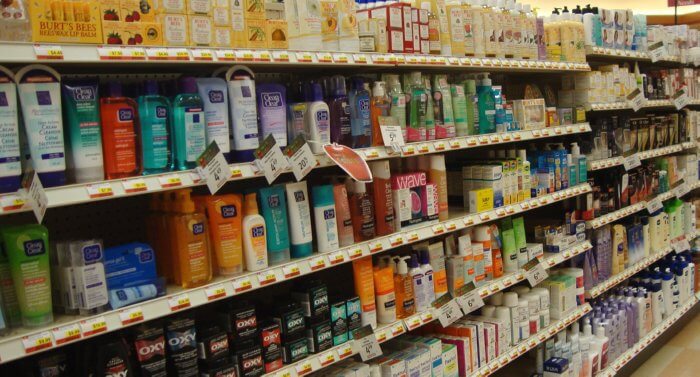
Pic Source: greencaroline.com
The average woman uses about 12 personal care products per day, the average man around 6, and teenage girls use roughly 17. Most contain chemicals that have been linked to human health problems, while others remain untested for safety. Some scientists and consumers are worried that continual exposure to these chemicals—which can be absorbed through the skin and stored in the body—is harmful. In the United States, where FDA regulations on cosmetics companies are weak, ma href=”https://www.fda.gov/Cosmetics/GuidanceComplianceRegulatoryInformation/ucm074162.htm” target=”_blank”>manufacturers are free to use just about any ingredient or raw material they please (and without pre-market approval).
Companies are not required to list an ingredient if it is classified as a fragrance, nanomaterial, or trade secret. Products that claim to be “organic” or “natural” can and often do incorporate synthetic chemicals, as there is no legal definition of what “natural” products must consist of. Even in Canada and EU countries, where deliberate use of certain chemicals is banned, toxins can end up in cosmetics by way of the manufacturing process.
So what does wind up in our favorite personal care products? Below is a list of some common ingredients, their potential adverse effects, and where they are often found.
Lead In Lipstick
Lead is considered a contaminant, it is therefore not listed on makeup ingredient labels. An October 2007 study conducted by the Campaign for Safe Cosmetics found that 61% of the 33 brands of lipstick it tested contained trace amounts of this heavy metal. In 2009, the FDA conducted its own study, only to find that all samples were lead-contaminated (some with up to 3.06 parts per million; four times higher than concentrations detected in the Campaign study). Lead exposure is neurotoxic, with children being particularly vulnerable. As of right now, studies suggest that there is no safe exposure level for lead (www.ncbi.nlm.nih.gov).
Lipsticks found to contain high amounts of Lead
- Maybelline Color Sensational, Pink Petal (7.9 ppm)
- L’Oreal Colour Riche, Volcanic, (7.0 ppm)
- NARS Semi-Matte, Red Lizard (4.93 ppm)
- Cover Girl Queen Collection, Ruby Remix, (4.92 ppm)
- Nars Semi-Matte, Funny Face (4.89 ppm)
- L’Oreal Colour Riche, Tickled Pink (4.45 ppm)
- L’Oreal Intensely Moisturizing Lipcolor, Heroic (4.41 ppm)
- Cover Girl Continuous Color, Warm Brick (4.28 ppm)
- Maybelline Color Sensational, Mauve Me (4.23 ppm)
- Stargazer Lipstick, #103 (4.12 ppm)
Mercury In Mascara, Eyeliner, And Creams
The state of Minnesota has prohibited the sale of cosmetics containing this silvery poison, but the FDA itself has yet to catch up with a federal ban (source). Mercury can be found in mascara, eyeliner, and skin whitening creams as a preservative and germicide, and like other heavy metals, can gradually accumulate in the body with routine exposure. Topical creams containing mercury may pose the greater risk, since they are applied in larger amounts than eye makeup.
Other Heavy Metals Found In Cosmetics
The Canadian environmental group, Environmental Defence, found heavy metals in all tested samples of foundations, blushes, lipsticks, eyeshadows, eyeliners, mascaras, and glosses (source). Intentional addition of these toxins is prohibited by Canadian law, but the manufacturing process can lead to accidental inclusion. Heavy metals are associated with a number of health problems: neurological, cardiovascular, muscular, blood, and skeletal disorders; respiratory toxicity and endocrine disruption; and kidney, lung, and skin damage.
Phthalates and Bisphenol-A< In Fragrances
These hormone-mimicking plasticizers are just as likely to be found in fragrances and nail polish as they are in bottles and packaging. Both have been linked to breast and prostate cancer, impairment of thyroid functioning, infertility, and metabolic disorders. Phthalates help fragrances last longer, so they are common to perfumes and other scented products. Phthalates were until recently ubiquitous to nail polish, as it increased its flexibility. Look for phthalate-free polishes and perfumes.
Formaldehyde In Soaps, Lotions, And Cleansers
Used in embalming fluid and classified as a probable carcinogen by the EPA, formaldehyde was found in 23 of 28 soaps, lotions, and cleansers tested by an independent lab in California. (source) That includes Johnson’s Baby Shampoo! Even small amounts of formaldehyde can irritate skin and respiratory passages, and the U.S. Department of Labor’s Occupational Safety and Health Administration recently warned about its use in a popular hair salon straightening treatment. (source)
Parabens In Creams And Toothpaste
Parabens are cheap preservatives used to prolong the shelf life of lotions, creams, cosmetics, and even toothpaste, appearing on labels as methylparaben, ethylparaben, propylparaben, butylparaben and isobutylparaben. Parabens easily penetrate the skin. While more data is needed to determine whether parabens contribute to breast cancer risk, the chemical is found in breast cancer tumors, and has the ability to mimic estrogen. (source) Until more research is done on the effects of parabens, it may be best to avoid them.
Oxybenzone In Sunscreen
97% of Americans have accumulated oxybenzone in their bodies, a sunscreen ingredient that, at best, can cause allergic skin reactions and irritation. At worst, it may contribute to skin cell damage and even low birth weight for expectant mothers. (source) Oxybenzone also facilitates the absorption of chemicals through the skin, and may thus enhance the potential harm done by toxins in other products. Besides sunscreens, it can be found in moisturizers, anti-aging creams, hair conditioners, lip balm, lipstick, and fragrances.
PEGs In Creams
(polyethylene glycols) Also known as ethoxylated surfactants. Used as a cream base. PEGs are often contaminated with the carcinogans ethylene oxide and 1,4-dioxane. (source) Researchers found 1,4-dioxane as a contaminant in 46 of 100 products analyzed. (source)
Reduce Your Exposure To Dangerous Chemicals
It may be wise to heed the precautionary principle with all the creams, pastes, powders, and gels we use during our daily routines. Not all the chemicals we encounter are harmful, but many are lacking in comprehensive safety data. Chronic exposure to a toxin, even in small amounts, can be detrimental to human health – especially if that toxin can build up in the body over time. In the absence of strict legislation on personal care products, it may be better to be safe than sorry.
Chemicals to be wary of
- Aluminum Starch (Octenylsuccinate)
- Aniline
- Benzene
- Benzoic acid
- Benzoyl-5
- BHA
- BHT
- BPA
- Butylparaben
- Coal tar
- Cocamide DEA
- Colors listed as “CI” followed by a five digit number
- Cyclohexanone
- DEA (Diethanol amine)
- Dibutyl phthalate
- Diethylhexyl phthalate
- Dimethicone
- DMDM hydantoin
- Ethoxylated surfactants (may contain impurity 1,4-dioxane) look for: “myreth,” “oleth,” “laureth,” “ceteareth,” any other “eth,” “PEG,” “polyethylene,” “polyethylene glycol,” “polyoxyethylene,” or “oxynol”
- Ethylparaben
- FD & C (colour + number)
- Formaldehyde
- Fragrance (could be one or more of 3,163 chemicals, many hazardous)
- Hydroquinone
- Lead
- MEA (monoethanolamide)
- Mercuric oxide
- Mercury
- Methenamine
- Methylparaben
- MIBK (Methyl isobutyl ketone)
- Monoethanolamine
- Nano titanium dioxide
- Nano zinc oxide (20-60nm)
- Octinoxate
- Octoxynol
- Oxomethane
- Oxybenzone
- Parabens
- Paraphenylenediamine (PPD)
- Parfum
- Phthalates
- PEG (Polyethylene glycol)
- PEG (1,4) lauryl ether
- PEG (3,6) Sorbitan oleate
- PEG (2,4,5,7,8,9,10,12,30,35,40,60,80+)
- Polyethylene terephthalate
- Polyoxyethylene
- Propylparabens
- Propyl ester
- Resorcinol
- Silcone-derived emollients
- Sodium laurel sulfate (SLS)
- Sodium laureth sulfate
- Styrene
- TEA (triethanolamine)
- Thimerosol
- Toluene
- Triclosan
Resources
The Environmental Working Group’s Skin Deep Database has compiled information on over 65,000 different personal care products and the chemicals they contain, rating each according to the available research. Products containing chemicals that are lacking in scientific data are given a lower rating. www.ewg.org/skindeep
From the Campaign for Safe Cosmetics, Laws & Regulations on cosmetics in the EU, Canada, U.S., and individual U.S. States. www.safecosmetics.org
What’s Inside: That Counts: A survey of toxic ingredients in our cosmetics www.davidsuzuki.org
U.S. Food and Drug Administration www.fda.gov/Cosmetics
The Story of Cosmetics from Annie Leonard’s The Story of Stuff, via the Campaign for Safe Cosmetics: https://storyofstuff.org/movies/story-of-cosmetics/
Environmental Working Group’s Eight Myths About Cosmetics Safety, at the Skin Deep Cosmetics Database: www.ewg.org
There’s Lead in your Lipstick by Gill Deacon www.gilldeacon.ca

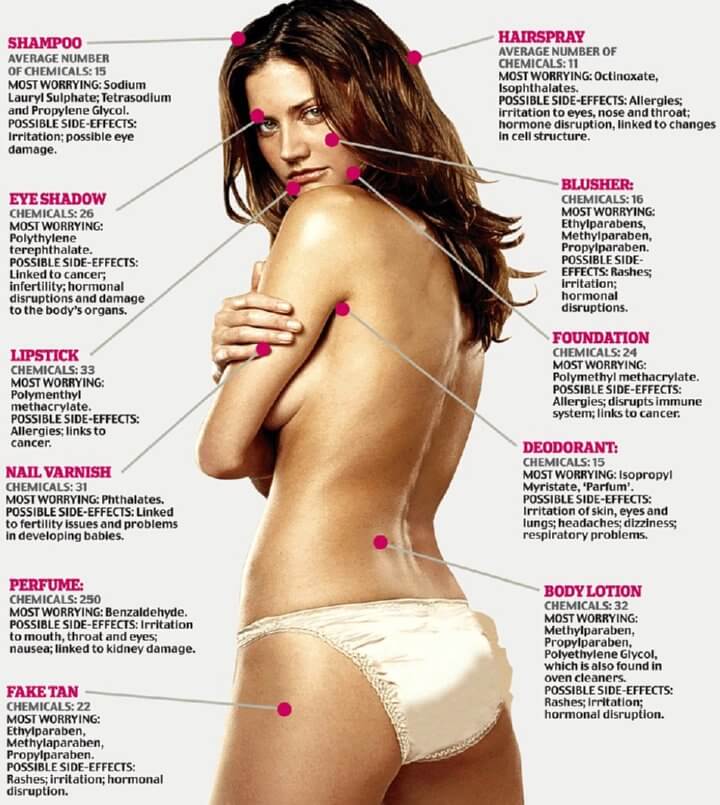
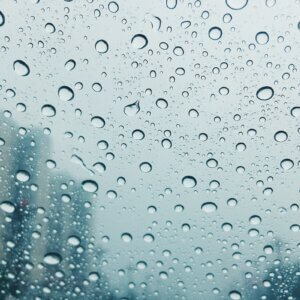
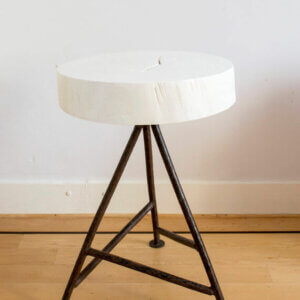













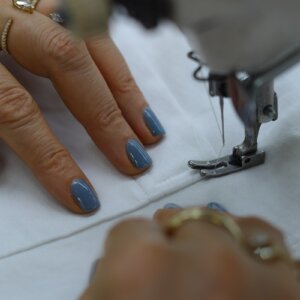











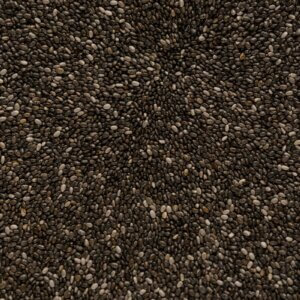












Leave a Reply